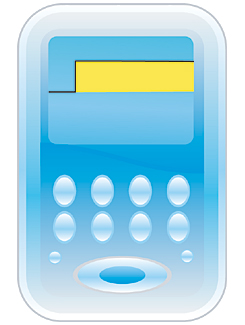
Iontophoresis
|
Iontophoresis
Iontophoresis is a non-invasive method of propelling high concentrations of medication or bioactive-agents transdermally by repulsive electromotive force using a small electrical charge applied to an iontophoretic chamber containing a similarly charged active agent and its vehicle.
It is based on the ionic disassociation quality of certain low molecular weight medical substances when these are dissolved in water.
It is of fundamental importance to know whether the active part of the medicine to be assumed is positively or negatively charged once it has been disassociated in ionic form in order to be able to position it correctly with regards to the electric flow.
The medicine’s ions are transferred to the inside of the body through those skin zones which offer low resistance to current in order to reach the cell membranes which consequently undergo change electrically.
The Iontophoresis mechanism
The objective of iontophoretic therapy is to be able to transfer, through the skin, an pharmaceutically active substance into tissue, thereby transferring the medicine directly to the interested part of the body. The advantages of this mechanism lie in the fact that the medicine required can be administered in lower doses, thus also diminishing the possible collateral effects on the body.
The substantial therapeutic value can be essentially ascribed to the confluence of two factors: the first of which is the analgesic and vasomotorial effect of the constant current administered, and the second are the benefits derived from the medicine itself being introduced directly to the area of the body afflicted. It is for this reason that iontophoresis therapy is often chosen as a treatment method for superficial inflammation. It is able to act as an anti-inflammatory and sedative and is an alternative to the hypodermic injection of ionic solutions.
Iontophoresis is especially indicated for use in treating the afflictions of superficial joints, where the density of the subcutis and muscle mass are particularly thin.
Quantification of the transported substance
The relationship between transdermal migration ionic absorption and the intensity of the current administrated is theoretically expressed in Faraday’s Law:
D= I M/ZF
where D represents the transdermal ionic absorption
I current intensity,
M the molecular weight of the medicine,
Z the number of charges per each molecule of medicine
F the Faraday constant (96,487 C/mol). |



